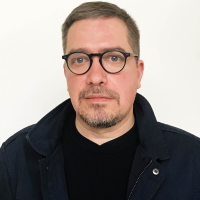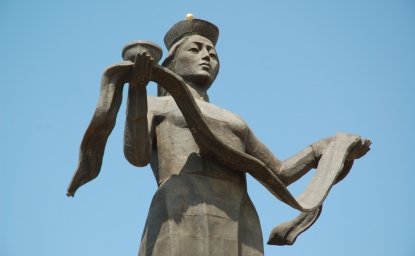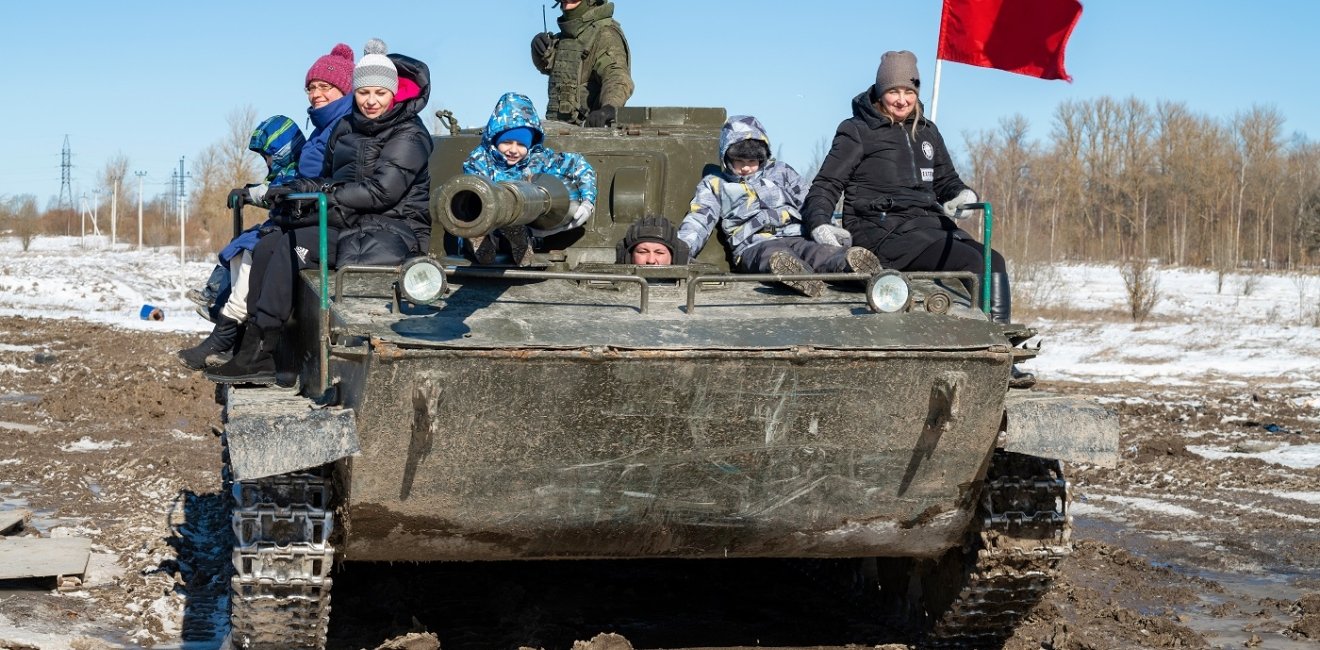
A blog of the Kennan Institute
Those who chose to ignore or failed to learn Russia’s dark history now suffer for it. Many in Russia are currently discovering the hard way that fascination with the “great past” is a surefire way to catastrophe.
For more than twenty years now, Russia’s state-run media, conservative writers, and filmmakers have been extolling the country’s heroic past, Soviet and imperial. Many would find that distasteful but few would expect a debate about history to hold any tangible implications for their everyday lives.
Yet those implications have arrived and reached millions, not just outspoken activists, intellectuals, or journalists. In the course of Russia’s so-called partial mobilization, the authorities have been rounding up men indiscriminately, in factories, dormitories, office buildings, on the metro, and in the street. The police have taken men from shelters for the homeless and needy as well as from hostels housing labor migrants, any country’s most unprotected groups.
The draft’s exact targets have never been made public. Estimates vary from 700,000 to a million or more. The only thing that is known for a fact is that those targets are quantitative. For the Kremlin administration, these numbers are now a top priority.
There is a plan for the number of souls to enlist and a task to fulfill the quota by any means possible. Even a veneer of legality has been abandoned. Even political or economic expediency that would advise treading carefully to avert discontent and avoid conscripting valuable specialists to soften the blow for the economy has been discarded in the face of Putin’s commands. The sheer intensity and chaos of the enlistment drive betray the panic gripping the Kremlin.
The Russian state is now trying to crank up one of its most archaic institutions, mass mobilization, which has not worked in such an extraordinary regime in the memory of living generations. Against this background, even cynical propagandists who are trying to save themselves and their employees from draft look almost modern because they call for compliance with the rules and laws.
It is not a normal mobilization, though. After all, in the 1940s, despite some mixed feelings about following Stalin’s orders, the popular drive to fight in a just and patriotic war was overwhelming.
It is different this time. The present campaign is feared and loathed, while the target numbers have not been disclosed and are apparently subject to arbitrary change. Some regions were given new mobilization assignments after fulfilling the original ones. The absolute priority the Kremlin has given to its quotas aligns the current mobilization not with the mass recruitment campaigns of the World War II era but with the mass terror of the 1930s.
During the 1930s’ Great Purge, Moscow would impose quotas for arrests on regional authorities throughout the USSR. The Kremlin would outline the social groups liable for “punitive measures,” but Moscow would leave it up to the local officials' discretion as to who would satisfy those quotas. To be picked up for execution or forced labor, Soviet citizens needed only to be arbitrarily branded as “kulaks” or “anti-Soviet” elements.
While some of the more appalling details of the Soviet Union’s mass repression may get obscured, the majority of modern history curricula in Russia do adequately reflect the well-known truths—the executions, the purges, the famines, the deportations. What the educational system (and films, and publications in state-run media) does, though, is present those facts against the background of government decisions and events in a way that makes repression seem inevitable and almost justified. The Soviet victory in the Great Patriotic War is consistently held up as the pinnacle of Russia’s history.
This accords well with the triumphalist reading of history that Vladimir Putin has defended since his early time in office. Historians should present the facts faithfully but in such a way as to “make young people proud of their country,” Putin said as early as 2003 in his address to school teachers. Of course, that was not your typical debate between various divergent schools of thought. Putin, a self-proclaimed history buff, needed history for his politics.
It is important to understand that turning history into a matter of national pride was not Putin’s creation. Ever since regular polling began, in 1994, on the issue of national pride, “Russia’s history, its past” has been a consistent top pick. When asked to arrange cards with inscriptions like “the language of my people,” “the land that I live in,” “the great people of my nation,” “my country’s military might” in descending order of importance, most of those polled would place history at the top.
It is not scientific achievements or culture or some vision of the future that has allowed the majority of Russians to build a connection to their nation but the country’s past. Putin did not invent Russian society’s emphasis on history as such. It is likely that, early in his rule, after studying the polls, he saw a patriotic history narrative as a useful political tool. He just made Russia’s “great past” increasingly prominent in his propaganda.
Russian society’s consistent emphasis on historical triumphs has now come to haunt it. Those Russians who allowed the victory in World War II, Stalin’s industrialization, or Khrushchev’s space breakthroughs to obscure the hard truths of their country’s past are now learning their Soviet history 101 the hard way.
Because the Russian state’s crimes have never been condemned or accounted for, the Soviet institutions, including the inhumane penitentiary system, the swayable law enforcement, and the biased judiciary, persisted well into post-Soviet Russia. The very emphasis on centrally imposed quotas is an integral feature of all of those institutions.
Scholars and intellectuals have always understood this but the Kremlin has fought vehemently for its propaganda-friendly triumphalism. The liquidation of Memorial, Russia’s most prominent civil society organization which, along with Ukraine’s Center for Civil Liberties and the Belarusian activist Ales Bialiatski, was awarded the Nobel Peace Prize a few days ago, was an important milestone in this struggle. For over thirty years, Memorial investigated Soviet political repression. If its legacy were the foundation of the teaching of history in Russia, we would not have seen this war or an indiscriminate rounding up of citizens all over the country.
But Russia—both its society and its leaders—has chosen to reassure itself with triumphs. As a result, Putin and his security officers are now, in the year 2022, trying to make the rusty Stalinist mechanism work. Russians flee abroad and hide. People who were taught to be proud of history turned out to be completely unprepared to meet it in real life.
The opinions expressed in this article are those solely of the author and do not reflect the views of the Kennan Institute.
Author

Editor-at-Large, Meduza

Kennan Institute
After more than 50 years as a vital part of the Wilson Center legacy, the Kennan Institute has become an independent think tank. You can find the current website for the Kennan Institute at kennaninstitute.org. Please look for future announcements about partnership activities between the Wilson Center and the Kennan Institute at Wilson Center Press Room. The Kennan Institute is the premier US center for advanced research on Eurasia and the oldest and largest regional program at the Woodrow Wilson International Center for Scholars. The Kennan Institute is committed to improving American understanding of Russia, Ukraine, Central Asia, the South Caucasus, and the surrounding region through research and exchange. Read more

Explore More in The Russia File
Browse The Russia File
Chechnya as a Model of Modern Russia

Russia’s Indigenous Communities and the War in Ukraine

Gas and Power in a Changing US–Russia Relationship

